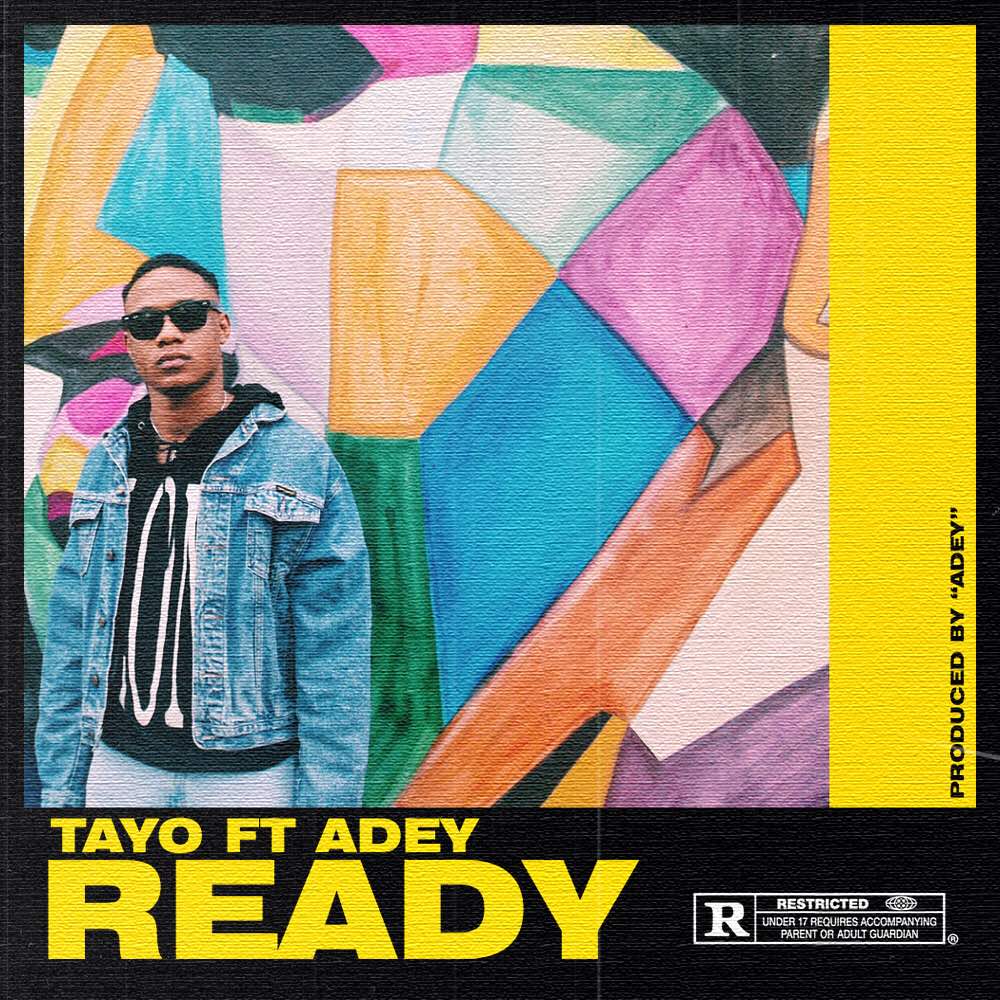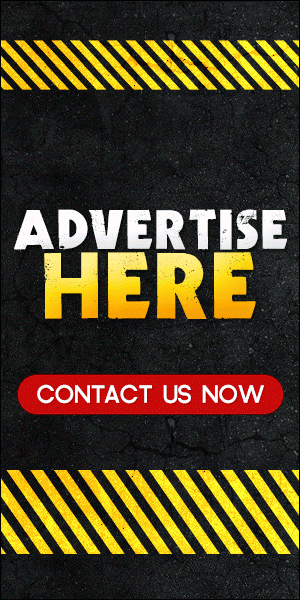Connect all your favorite blogs and website in one app. Get latest post on the go
Download on Playstore Here
Title page Approval page
Dedication
Acknowledgements
Table of contents
Abstract
CHAPTER ONE INTRODUCTION
1.1. Introduction
1.2 Background of the study
1.3 Statement of the problem
1.4 Objectives of the study
1.5 Significance of the study
1.6 Scope of the study
1.7 Limitation of the study
1.8 Definition of terms
CHAPTER TWO REVIEW OF RELATED LITERATURE'S
2.1 Introduction
2.2 Computer-Supported Collaboration Learning
2.2.1 History
2.2.2 Collaboration Theory
2.3 Theoretical Frame Work
2.3.1 Web
2.3.2 Benefits of a Portal system
2.3.3 Weaknesses of a Portal system
2.4 Web Portal
2.4.1 Concept of Web Portal Development
2.4.2 An Implemented Student Portal Development
2.5 Web Content Management
CHAPTER THREE SYSTEM ANALYSIS AND DESIGN
3.1 Introduction
3.2 System Analysis
3.2.1 Detailed Definition Of The Problem
3.2.2 Feasibility Study
3.2.2.1 Economic Feasibility
3.2.2.2 Technical Feasibility
3.2.2.3 Operational Feasibility
3.3 Methods Of Data Collection
3.3.1 Interviewing
3.3.2 Review Of Existing Problem
3.4 Problems Of The Existing System
3.5 Data Preparation
3.6 User Preparation
3.7 Objective Of The New Design
3.8 Program Structure
3.8.1 Modularity
31 3.8.2 Top-Down Program Design
3.9 System Flow Chart
3.9.1 Program Flowchart
3.10 File Maintenance Module
3.11 Input Specification
3.11.1 File/Database Specification
CHAPTER FOUR SYSTEMS IMPLEMENTATION
4.1 Introduction
4.2 Justification of Programming Language
42 4.3 System Control
4.4 System Requirements
4.4.1 Software Requirement
4.4.2 Hardware Requirement
4.4.3 People
4.5 Implementation Details
4.5.1 Coding
4.5.2 System Testing
4.5.3 Training and Retraining of Staff
4.5.4 File Conversion
4.5.5 Changeover Procedure
4.5.6 Commissioning
4.5.7 User Manual
4.5.8 Maintenance Details
CHAPTER FIVE SUMMARY, RECOMMENDATION, AND CONCLUSION
5.1 Summary
5.2 Conclusion
5.3 Recommendations
References
Appendix A INTERFACE
Appendix B PROGRAM CODES
ABSTRACT
Academic Portal is a bundled or stand-alone application to create, manage, store and deploy learning or teaching contents on webpages. Web portal content includes text and embedded graphics, photos, video, audio, and code that displays content or interacts with the users. An academic web Portal may catalog and index contents, select or assemble content at runtime, or deliver contents to specific visitors in a requested way, such as other languages. Many challenges face the department of Computer Science. These challenges include: high cost of providing learning environment, and materials, insufficient space for learning, communication problems due to overcrowded learning environment, unstructured files/records storage facilities, unhealthy environment for learning, insufficient staff/lecturers for teaching and other managerial activities, poor data update, poor information dissemination technique, poor security formation for the staff/students, inefficient data retrieval technique, poor files/records security, and data repetition on records. The sole aim of this project research work is to design a functional academic portal system that will enhance learning, teaching, and information dissemination in the Department of Computer Science. It’s recommended that the new system be backed up at regular intervals. The users of the system should be trained, and proper orientation be given to them with regards to the core functions of the new academic portal system. Because of the level of interactivity required in the new system, it will be developed in the following programming languages:PHP, JQuery, and JavaScript. Also HTML5 and CSS are required for information presentation. MySQL will serve as the backend, while Xampp will serve as the localhost. The software methodology adopted in this project development is the waterfall model, which is the sequential design process, often used in software development processes, in which progress is seen as flowing steadily downwards.
CHAPTER ONE1.1 INTRODUCTION
A web portal which is also known as a Content Management System is a gateway into a well defined web area with an identifier database to validate user and service the user as required. A web portal can also be viewed as a web site that shares information from diverse sources in a unified way. Most times each information source gets its dedicated area on the page for displaying information (a portlet); or, the user can configure which one to send or display. The Internet provides a channel for communication and collaboration among persons in different locations. With the rapid development of web technologies, the Internet is everywhere and very easy to access instantaneously. The rapidly growth of the Internet makes it the most cost effective means of driving supply chain integration and information sharing among individuals and organizations. Web portals are often used to run dynamic websites containing dynamic contents, such as; blogs, news, audios, and videos. Many corporate and marketing websites uses Web Portals.
1.2 BACKGROUND OF THE STUDY
The introduction of the portal concept to the Web has opened new possibilities to address some of the issues concerning the personal management of academic information and knowledge. Some of the main issues are the lack of integration, personalization and customization of existing academic information sources and systems. The current system of collaboration that exists among both students to students and students to lecturers requires face to face communication which often, are not efficient, effective and also stressful. It is based on the above identified problem among other problems that the researchers conceived the idea of designing a rich feature academic collaboration portal as an alternative to enhancing academic collaboration a4mong lecturers and students for lecture and research purposes.
1.3 STATEMENT OF THE PROBLEM
As stated earlier, the uses of manual method to collect, process, disseminate, and store information is inefficient, and prone to errors. These problems were identified in the current system.
i. High cost of management on students and lecturers
ii. Lack of efficiency in data processing on the lecturers’ side
iii. Poor information dissemination technique
iv. Poor data Update
v. Lack of efficient data security
vi. Lack of efficient data retrieval technique
vii. Stress for both the lecturers and students
1.4 OBJECTIVE OF THE STUDY
The main objective of this project is to design a functional academic collaboration portal system that will support teaching, learning, and information dissemination, get rid of some drawbacks faced by the present academic collaboration system.
1.5 SIGNIFICANCE OF THE PROJECT
One of the expected significance of this study where the system and other recommendations of this study are implemented is that it will improve communication and collaboration between teaching staff and students among the students themselves. The portal synchronous communication system will enhance distribution of learning materials while Asynchronous communications system will foster the growth of discussion groups; In addition the system will create a virtual learning environment based on internet.
1.6 SCOPE
This research is restricted to the design of a database driven academic web portal system with following basic functions:
i. New students’ registration.
ii. Students’ login authentication.
iii. Information sharing.
iv. Sharing of learning materials.
v. Online learning.
vi. Uploading of learning materials like assignment.
1.7 LIMITATION OF THE STUDY
Many potential limitations were encountered during the process of this project work. These limitations include:
1. Insufficient library materials for the research work.
2. The cost of paying at cyber cafes to browse the internet.
3. Lack of power supply and time constrain.
4. Most staff interviewed due to bureaucracy.
1.8 DEFINITION OF TERMS
Web Browser: A web browser (commonly referred to as a browser) is a software application for retrieving, presenting and traversing information resources on the World Wide Web.
Servers: A server is a system (software and suitable computer hardware) that responds to requests across a computer network to provide, or help to provide, a network service.
Web: The connection of different computers to share resources i.e. the internet.
URL: A uniform resource locator abbreviated URL (also known as web address, particularly when used with HTTP), is a specific character string that constitutes a reference to a resource. In most web browsers, the URL of a web page is displayed on top inside an address bar. An example of a typical URL would be "http://fpno.lolo.com.ng/assignment/hnd1.php".
ISP: Internet Service Provider, a provider of internet services.
Apache: The PHP translation engine. The Apache HTTP Server, commonly referred to as Apache, is a web server application notable for playing a key role in the initial growth of the World Wide Web.
PHP: Hypertext Processor; A server-side scripting language, used for web designing and web programming. PHP is a server-side scripting language designed for web development but also used as a general-purpose programming language.
HTML: Hypertext Markup Language used for content presentation.
Website: A website, also written as Web site, web site, or simply site, is a set of related web pages served from a single web domain.
JavaScript: JavaScript (JS) is an interpreted computer programming language. As part of web browsers, implementations allow client-side scripts to interact with the user, control the browser, communicate asynchronously, and alter the document content that is displayed.
Ajax: Ajax an acronym for Asynchronous JavaScript and XML is a group of interrelated web development techniques used on the client-side to create asynchronous web applications.
MySql: MySQL officially, but also called "My Sequel" is (as of July 2013) the world's second most widely used open-source relational database management system (RDBMS).
Web service: A Web service is a method of communications between two electronic devices over the World Wide Web. It is a software function provided at a network address over the web with the service always on as in the concept of utility computing.
SOA Service Registry: An SOA registry is a resource that provides controlled access to data necessary for governance of SOA (service-oriented architecture) projects.
Web Hosting: A web hosting service is a type of Internet hosting service that allows individuals and organizations to make their website accessible via the World Wide Web.
Localhost: In computer networking, localhost means this computer. It is a hostname that the computer's software and users may employ to access the computer's own network services via its loopback network interface.
XAMPP: XAMPP is a free and open source cross-platform web server solution stack package, consisting mainly of the Apache HTTP Server, MySQL database, and interpreters for scripts written in the PHP and Perl programming languages.
SQL: Structured Query Language is a special-purpose programming language designed for managing data held in a relational database management system (RDBMS).
Client/Server: The client–server model of computing is a distributed application structure that partitions tasks or workloads between the providers of a resource or service, called servers, and service requesters, called clients.
Client: A client is a piece of computer hardware or software that accesses a service made available by a server. The server is often (but not always) on another computer system, in which case the client accesses the service by way of a network.
CSS: Cascading Style Sheets (CSS) is a style sheet language used for describing the look and formatting of a document written in a markup language.
NOTE: To get the full Material Only!!
Pay the sum of N3000 To below Account Details
For Material & Source Code(Software)-Pay the sum of N10,000 to the below account numbers.
After payment, please send your teller number,Amount paid,project topic you paid for, Name of depositor & your email address to 07039732276 or email at Blogmnig@gmail.com
Example: Teller N0:12345, N3000, Topic: ONLINE EXAMINATION SYSTEM with source code or without source code, Depositor: Tony, My Email:Blogmnig@gmail.com
If you made a Transfer through online banking, you can as well use the project topic as your reference then send the details as described above. for more info. please call the above Number.

















Happy to pay and got mine Instantly.
ReplyDeleteBlog Mall nigeria, i truely love your project, please do add more and other departments.
ReplyDeleteYes we will. base on some upgrade, we have not done that. but will do that before the end of the year. thank you.
Delete